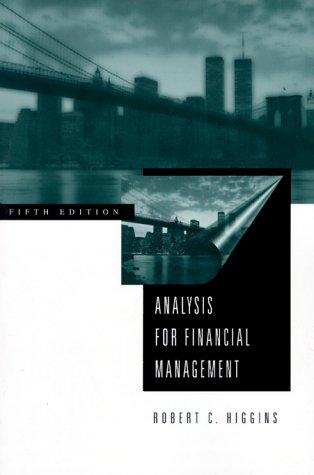Answered step by step
Verified Expert Solution
Question
1 Approved Answer
Note: The selection options for d are: return/risk, reduced by the cost of incomplete/ increased by the benefit from perfect, better/ worse and fund 1/
 Note: The selection options for "d" are: "return/risk," "reduced by the cost of incomplete/ increased by the benefit from perfect," "better/ worse" and "fund 1/ fund 2" respectively.
Note: The selection options for "d" are: "return/risk," "reduced by the cost of incomplete/ increased by the benefit from perfect," "better/ worse" and "fund 1/ fund 2" respectively.
Step by Step Solution
There are 3 Steps involved in it
Step: 1

Get Instant Access to Expert-Tailored Solutions
See step-by-step solutions with expert insights and AI powered tools for academic success
Step: 2

Step: 3

Ace Your Homework with AI
Get the answers you need in no time with our AI-driven, step-by-step assistance
Get Started


